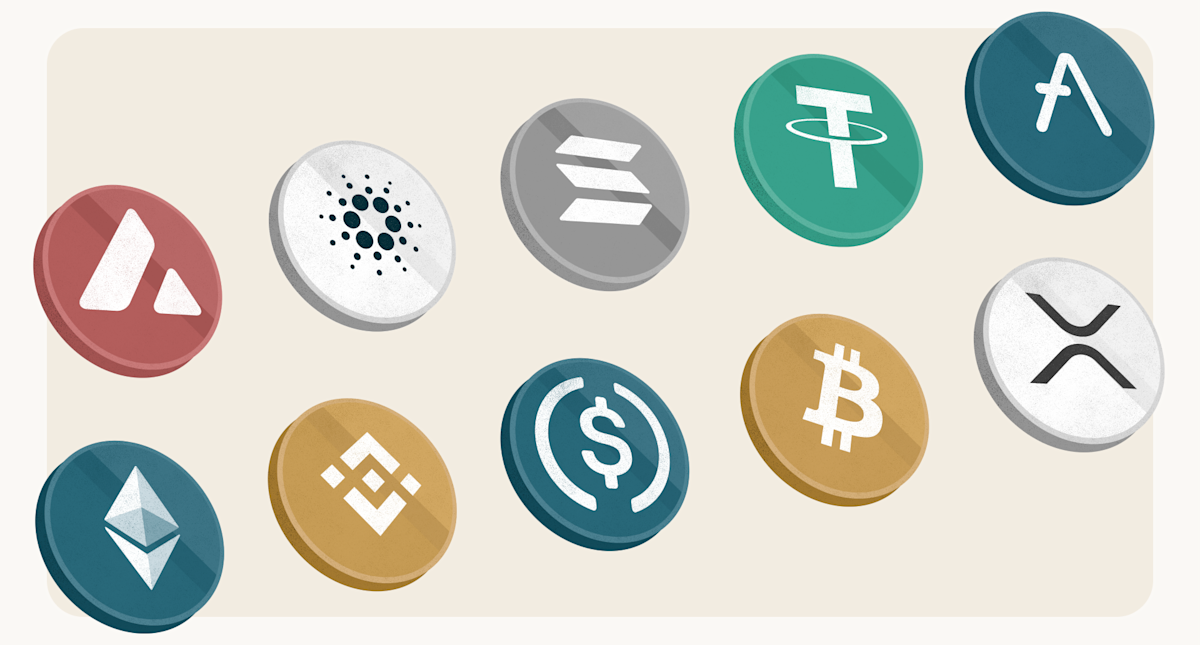How cryptocurrency works
Coins are typically native assets hosted on independent protocols, and examples of these include Bitcoin, Ethereum, Litecoin, and XRP. However, it is worth noting that this definition excludes stablecoins, as these are more often tokens. https://howtogetridoflovehandlesw.com/ Tokens, on the other hand, are cryptocurrencies hosted on non-native protocols.
Meme coins are cryptocurrencies that are created to take advantage of the social media meme phenomenon. Despite the cause of their origin, some meme coins have gone on to become notable cryptocurrencies in terms of how large they’ve grown in market value.
Basically, Ripple is a blockchain that is designed to be used by banks to make their payments faster. It is known as the banker’s coin, and there are many partnerships with global banks currently being worked on.
Cryptocurrencies
In 2022, RenBridge – an unregulated alternative to exchanges for transferring value between blockchains – was found to be responsible for the laundering of at least $540 million since 2020. It is especially popular with people attempting to launder money from theft. This includes a cyberattack on Japanese crypto exchange Liquid that has been linked to North Korea.
In March 2021, South Korea implemented new legislation to strengthen their oversight of digital assets. This legislation requires all digital asset managers, providers and exchanges to be registered with the Korea Financial Intelligence Unit in order to operate in South Korea. Registering with this unit requires that all exchanges are certified by the Information Security Management System and that they ensure all customers have real name bank accounts. It also requires that the CEO and board members of the exchanges have not been convicted of any crimes and that the exchange holds sufficient levels of deposit insurance to cover losses arising from hacks.
Mining for proof-of-work cryptocurrencies requires enormous amounts of electricity and consequently comes with a large carbon footprint due to causing greenhouse gas emissions. Proof-of-work blockchains such as bitcoin, Ethereum, Litecoin, and Monero were estimated to have added between 3 million and 15 million tons of carbon dioxide (CO2) to the atmosphere in the period from 1 January 2016 to 30 June 2017. By November 2018, bitcoin was estimated to have an annual energy consumption of 45.8TWh, generating 22.0 to 22.9 million tons of CO2, rivalling nations like Jordan and Sri Lanka. By the end of 2021, bitcoin was estimated to produce 65.4 million tons of CO2, as much as Greece, and consume between 91 and 177 terawatt-hours annually.
On 15 September 2022, the world’s second largest cryptocurrency at that time, Ethereum, transitioned its consensus mechanism from proof-of-work (PoW) to proof-of-stake (PoS) in an upgrade process known as “the Merge”. According to the Ethereum Founder, the upgrade would cut both Ethereum’s energy use and carbon-dioxide emissions by 99.9%.
South Africa, which has seen a large number of scams related to cryptocurrency, is said to be putting a regulatory timeline in place that will produce a regulatory framework. The largest scam occurred in April 2021, where the two founders of an African-based cryptocurrency exchange called Africrypt, Raees Cajee and Ameer Cajee, disappeared with $3.8 billion worth of bitcoin. Additionally, Mirror Trading International disappeared with $170 million worth of cryptocurrency in January 2021.

Cryptocurrency trading
A hard fork is a protocol upgrade that is not backward compatible. This means every node (computer connected to the Bitcoin network using a client that performs the task of validating and relaying transactions) needs to upgrade before the new blockchain with the hard fork activates and rejects any blocks or transactions from the old blockchain. The old blockchain will continue to exist and will continue to accept transactions, although it may be incompatible with other newer Bitcoin clients.
A few years ago, the idea that a publicly traded company might hold Bitcoin on its balance sheets seemed highly laughable. The flagship cryptocurrency was considered to be too volatile to be adopted by any serious business. Many top investors, including Warren Buffett, labeled the asset a “bubble waiting to pop.”
Bitcoin is a peer-to-peer online currency, meaning that all transactions happen directly between equal, independent network participants, without the need for any intermediary to permit or facilitate them. Bitcoin was created, according to Nakamoto’s own words, to allow “online payments to be sent directly from one party to another without going through a financial institution.”
The most popular wallets for cryptocurrency include both hot and cold wallets. Cryptocurrency wallets vary from hot wallets and cold wallets. Hot wallets are able to be connected to the web, while cold wallets are used for keeping large amounts of coins outside of the internet.
The total crypto market volume over the last 24 hours is $260.66B, which makes a 31.08% decrease. The total volume in DeFi is currently $11.42B, 4.38% of the total crypto market 24-hour volume. The volume of all stable coins is now $238.24B, which is 91.40% of the total crypto market 24-hour volume.
For beginners, it’s essential to understand what makes cryptocurrency unique, familiarize yourself with common trading concepts such as order books, trading pairs, and order types, and become comfortable with technical analysis charts and tools.